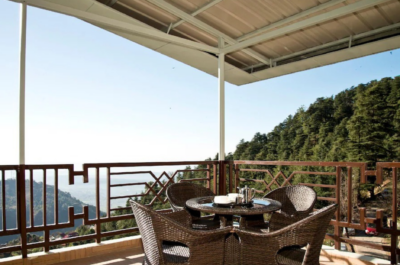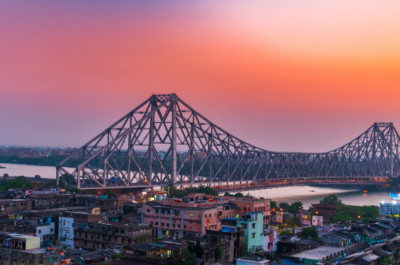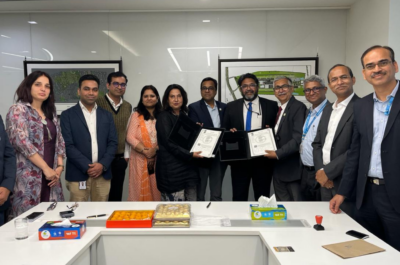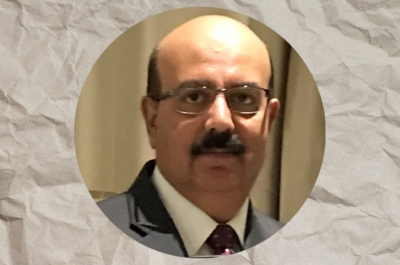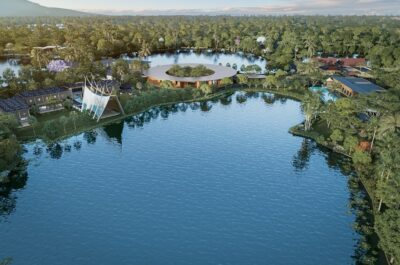…
Spa, an established industry already in US and Europe now is going further east with great growing potential in Asia region and especially in China and India which are defined as the fastest growing countries over 2007 and the decade to come according to the World Travel & Tourism Council numbers.
India tops the list along with China and Montenegro with demand growing each year at a rate of 7.9 per cent as far as India is concerned. Their strong foothold in terms of performance is underscored by a sustained expansion in their Travel & Tourism industry as a result of focussed strategic development and targeted investment.
This investment concerns all the aspects of the travel & tourism industry including the Spa Industry. For the time being the spa industry in India is still small but it has a bright future ahead. It depends mainly on resort spas but this characteristic is changing as the influx of international companies in the country and the growth that India is facing will give way to day spas and it will allow them to finally be a daily routine and not just a part of a holidays’ package.
Northern India shows the biggest increase in spa development in the country as it has a more steady economic growth in relation to the other regions in the country. On the other hand, Mumbai, the land of Bollywood, will be an upcoming market for many spa operators as the city is an already well established tourism destination and houses many financial institutions and corporations.
 Moreover, Kerala region is a well known destination for ‘Ayurveda’ as a substantial increase of the ayurveda massage centres is witnessed there in all the major tourist destinations within the State. This was powered by the Government of Kerala scheme for the approval of Ayurveda Centres as it felt necessary these centres to be classified in accordance to their level of quality in order to promote tourism in the State.
Moreover, Kerala region is a well known destination for ‘Ayurveda’ as a substantial increase of the ayurveda massage centres is witnessed there in all the major tourist destinations within the State. This was powered by the Government of Kerala scheme for the approval of Ayurveda Centres as it felt necessary these centres to be classified in accordance to their level of quality in order to promote tourism in the State.
India’s spa market is still considered a niche market with great opportunities for investments as many hotel operators lack of expertise and experience. A great problem is that there is a lack of therapists besides the renowned therapists for the Ayurveda method of treatment which follows a 5,000-year-old Indian tradition.
The treatment, which involves a massage and, in some cases, incorporates dietary advice and yoga, is increasingly popular in the U.S.
But we have to mention that India besides of resort spas has also other types of spas such as day spas, salon spas, destination spas, club spa, medical spa, cruise ship spa, mineral spring spa and airport spa. The most common spa treatments in India include body treatments, facials, massages, aroma therapy, hair removal, hydrotherapy, manicures and pedicures. Spa treatments in India have also a great number of massages including Indian and exotic massages done with herbal and aromatic oils.
Spa Trends of the Indian Market
Please click
here to see the Trends.
International Spa Trends and Asia Region
 Similar to restaurants, hotels and fitness centers, spas play a significant role in today’s culture worldwide. US spa market is one of the greatest as one in four American adults has been to a spa and knows what they want from a quality spa experience. The trends are being driven by educated spa-goers who actually see them as expectations, said Lynne Walker McNees, President of the International SPA Association to TravelDailyNews.
Similar to restaurants, hotels and fitness centers, spas play a significant role in today’s culture worldwide. US spa market is one of the greatest as one in four American adults has been to a spa and knows what they want from a quality spa experience. The trends are being driven by educated spa-goers who actually see them as expectations, said Lynne Walker McNees, President of the International SPA Association to TravelDailyNews.
According to McNees the trends that will affect the industry in global level are:
- Consumers want results. Whether they are looking for stress reduction, relief from chronic pain or want to look younger, people continue to embrace the spa lifestyle because they are aware of, and expect to see, the benefits that spa treatments bring.
- Spa visits are seen as necessary and an entitlement. This is particularly true among baby boomers. They feel entitled to spa experiences rather than viewing them as a treat or only reserved for special occasions.
- The evolution of men as spa-goers is boosting demand for products and services designed with men in mind.
- Spa-goers want experiences that are customized to their personal needs and desires.
- Real estate developers are adding residential spas to the gated communities and high-end condominiums they are building.
- The medical industry in general, and the plastic surgery sector in particular, are beginning to incorporate spa treatments such as naturotherapy and acupuncture into their service structure.
- ‘Team’ treatments that use two or more therapists are seen as being on the rise.
- Spa-going moms desire products and experiences designed for them and their babies.”
As far as the Asia region is concerned ISPA and the Canadian Tourism Commission partnership on the research of the spa traveler shed light on trends in the region.
Through that research, both Canadian and American spa travelers prefer to take their spa vacations close to home. When asked about preferred foreign spa destinations for future trips, Canadians listed Mexico/Caribbean, the U.S., Europe and Asia respectively, while Americans prefer Mexico/Caribbean, Europe, Canada and Asia.
For the time being there is inadequate research for the Asian market in the spa industry and ISPA will conduct a global research on the spa-goer in multiple Asian and European countries, as well as the United States and Canada. The Asian results will be released in June during ISPA’s International Spa & Wellness Conference and Exhibition in Shanghai, China as McNees revealed to TravelDailyNews.
The Indian market is still based more on the domestic travel and the arrivals from the neighbouring countries but this is going to change according to estimations as more US and European travelers would combine a spa treatment with their travel in the country. Globalization and therefore today’s economy have a significant role to play to the establishment of new conditions in the region in the near future.
































































